One more passive
For the second time this year, coach Kim Sang-sik had to experience a passive feeling when entering an official match with the Vietnam national team. 4 months ago at Bukit Jalil, against a Malaysia team that had been raised to a higher level too quickly thanks to a group of high-class naturalized players, the Vietnam national team's preparation for this match fell apart in just the first 15 minutes of the first half.
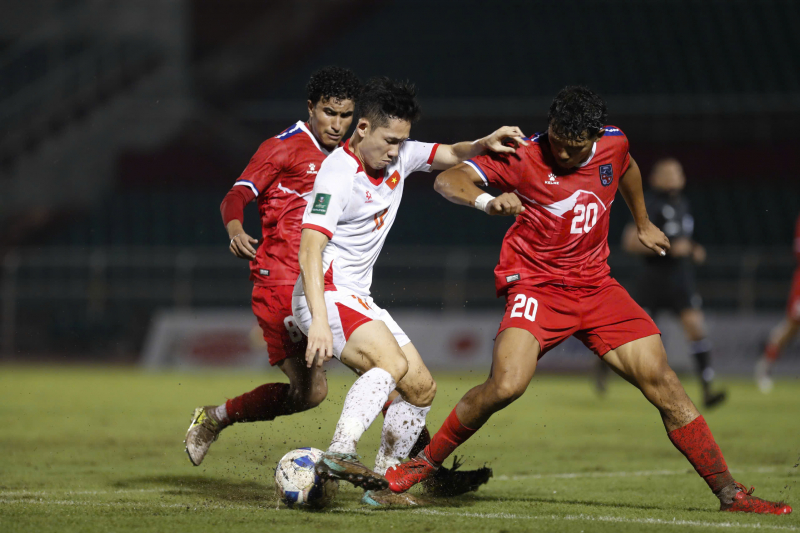
Cao Pendant Quang Vinh, a Vietnamese-American player who wore the “Golden Star Warriors” jersey for the first time, admitted that the national team players were panicking when facing a physically strong and skilled opponent from Malaysia. All approaches to the goal from Vietnam, as they had done in training, did not go as expected. “We had practiced very well before the match with Malaysia. But some players showed psychological problems when facing opponents with a much higher level than expected. Instead of short coordination phases organized sequentially from home, the Vietnamese players quickly cleared the ball up. Inadvertently, that made us more passive and disadvantaged against the opponent,” said Cao Pendant Quang Vinh.
It was also the first time that coach Kim Sang-sik had to go through a match that did not go as planned with the Vietnamese team. Being a meticulous coach who always emphasized preparation and was ready for contingency plans at each stage, the 48-year-old coach could not help but feel helpless when his students were swept away by Malaysia at that time.
Four months after that defeat, Vietnam played Nepal in the fourth round of the 2027 Asian Cup qualifiers. Before the heavy rain led to a 30-minute delay at Thong Nhat Stadium, Coach Kim Sang-sik immediately outlined a different approach for Vietnam to adapt to the unfavorable weather conditions. It was the strategist's tactical ability and quick judgment that helped Vietnam play well in the first half. Mid-range passing situations, limited dribbling and quick finishing when there was an opportunity near the penalty area were effectively performed by Tien Linh and his teammates.
However, things were no longer in coach Kim Sang-sik's calculations, when Hoang Duc announced that he had a problem during the break between the two halves...
A great lesson
…Hoang Duc himself had a soft tissue injury and had to miss a training session with the Vietnam national team before the match with Nepal. The physical condition of the midfielder also caused him to not play impressively in the first half of the match between the two sides at Thong Nhat Stadium. Coach Kim Sang-sik could not risk the problem from his favorite student. But he did not have another creative midfielder on hand to replace Hoang Duc at that time.
In the end, Coach Kim decided to put Duc Chien on the field. This choice unintentionally led to a confusing match for the Vietnam team against Nepal. Instead of the positive image of the first half, the "Golden Star Warriors" were not only unlucky in front of the goal but also fell into a state of being counter-attacked by the opponent. Coach Kim Sang-sik was restless in the technical area, especially in the final stages of the match. The Korean coach's restlessness increased when Nepal had a notable opportunity in front of goalkeeper Trung Kien's goal.
“I think the substitutions in the second half, in the match between Vietnam and Nepal, by coach Kim Sang-sik were not good. The attacks were disjointed because the striker pairs did not have harmony. That was completely different from the first half, when the Vietnamese team controlled the game well. After the break, it must be admitted that the Vietnamese team lost control of the game and was no longer in control,” said expert Phan Anh Tu.
Mr. Phan Anh Tu believes that the key to the change in direction that was not as expected for coach Kim Sang-sik was the forced withdrawal of Hoang Duc from the field early. “Putting Duc Chien on the field to replace Hoang Duc made the Vietnamese team lack mobility and connection between the lines. We completely lost the midfield area to Nepal. Instead of attacking, we had to stretch ourselves to defend against the opponent's attacks.”
From a professional perspective, it was not difficult for Coach Kim Sang-sik to recognize the problem he himself encountered. As a perfectionist coach who always emphasized preparation before actual combat, Mr. Kim learned a lesson for himself. Right from this moment, Plan B for Hoang Duc was discussed by the Korean coach with his assistants, in order to avoid being passive about this story repeating itself in the next matches of the Vietnam National Team.
The strikers wasted too many opportunities.
In the 2 victories against Nepal, Tien Linh and his teammates scored 4 goals. Notably, this number came from… 46 shots by the Vietnam team. 3/4 of the attacks on the opponent were made by Vietnam in the penalty area. The approach to Nepal's key areas from Kim Sang-sik and his team was quite good and diverse. But the way they converted opportunities into goals lacked sharpness.
What the Vietnamese national team's strikers have experienced partly reflects the story in the V.League. A notable statistic is that after 6 rounds in the 2025/26 season, only 41 out of 107 goals (accounting for 38.3%) were scored by domestic players. The task of scoring goals still mainly comes from foreign players. Tien Linh, the best striker of the Vietnamese national team at the present time, is a rare name leading the strikers at a V.League club. The vast majority of other teams still prioritize choosing "Westerners" as the spearhead of the squad.
The story of the Vietnamese national team “running out of ammunition” may still happen in the near future. Obviously, V.League clubs cannot immediately change and turn to domestic players to serve the national team.
Source: https://cand.com.vn/van-hoa/hiep-dau-lung-tung-cua-hlv-kim-sang-sik-i784885/



![[Photo] Immerse yourself in the colorful musical world of “Secret Garden Live in Vietnam”](https://vphoto.vietnam.vn/thumb/1200x675/vietnam/resource/IMAGE/2025/10/18/1760805978427_ndo_br_thiet-ke-chua-co-ten-41-png.webp)
![[Photo] Collecting waste, sowing green seeds](https://vphoto.vietnam.vn/thumb/1200x675/vietnam/resource/IMAGE/2025/10/18/1760786475497_ndo_br_1-jpg.webp)
![[Photo] General Secretary To Lam attends the 95th Anniversary of the Party Central Office's Traditional Day](https://vphoto.vietnam.vn/thumb/1200x675/vietnam/resource/IMAGE/2025/10/18/1760784671836_a1-bnd-4476-1940-jpg.webp)
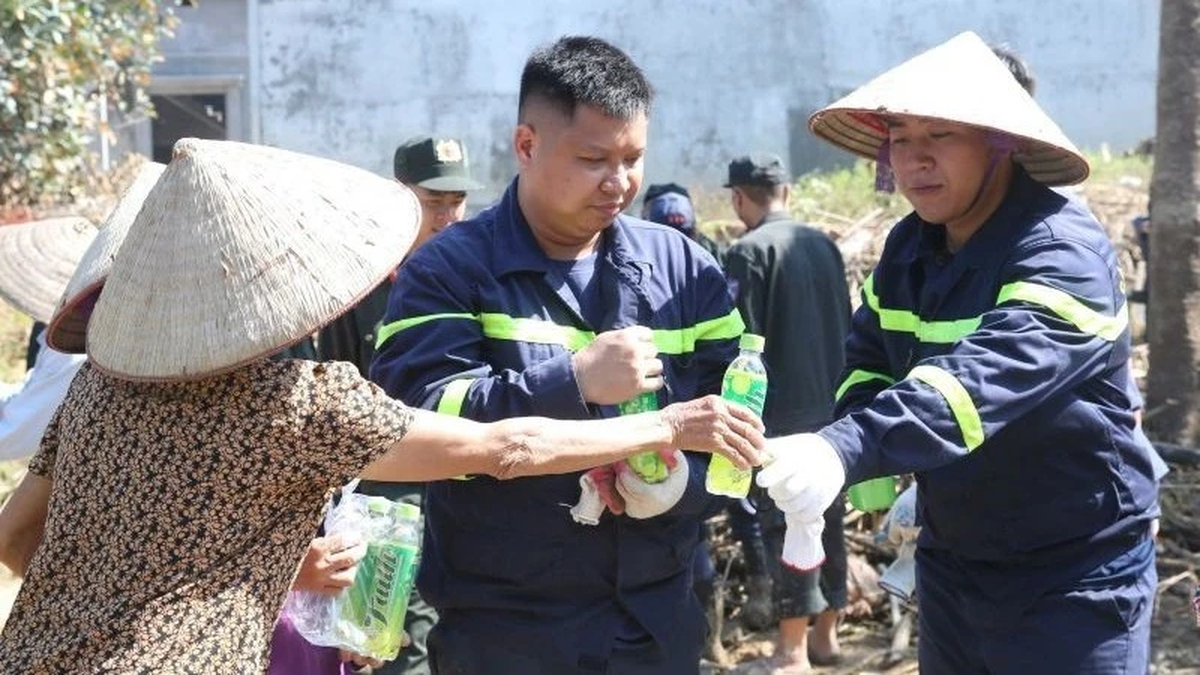
![[Photo] Closing ceremony of the 18th Congress of Hanoi Party Committee](https://vphoto.vietnam.vn/thumb/1200x675/vietnam/resource/IMAGE/2025/10/17/1760704850107_ndo_br_1-jpg.webp)




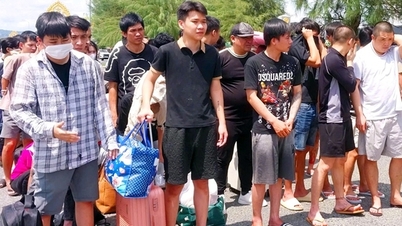



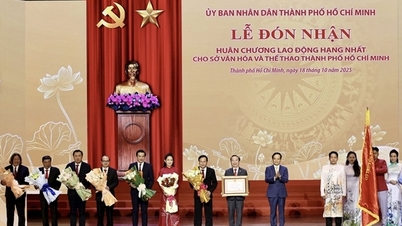





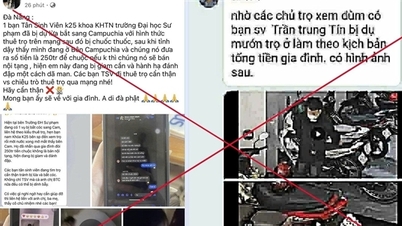
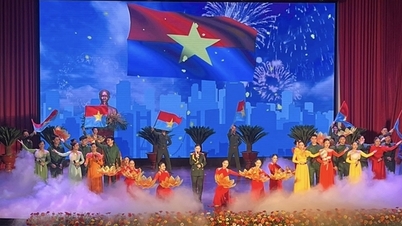
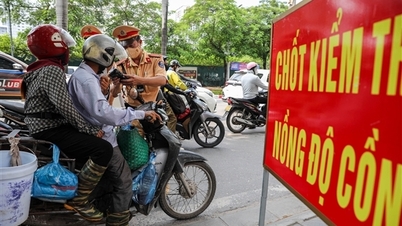




































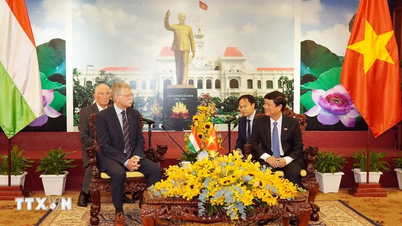





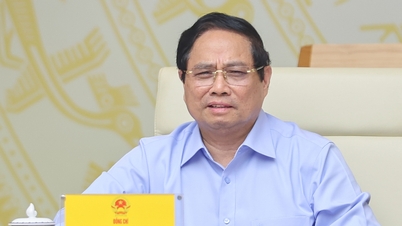
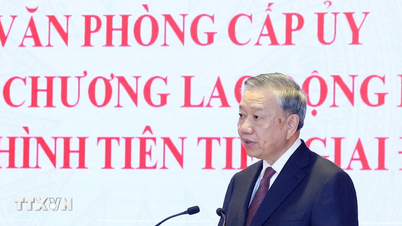










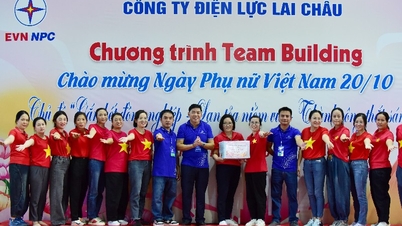

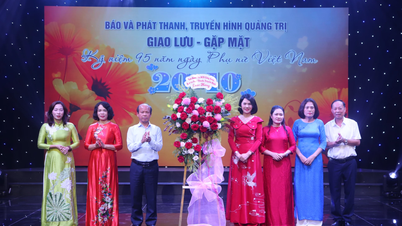

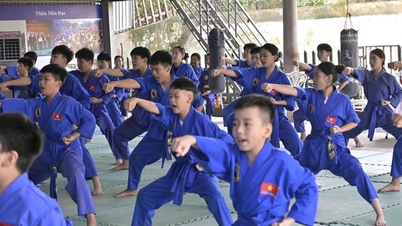















Comment (0)